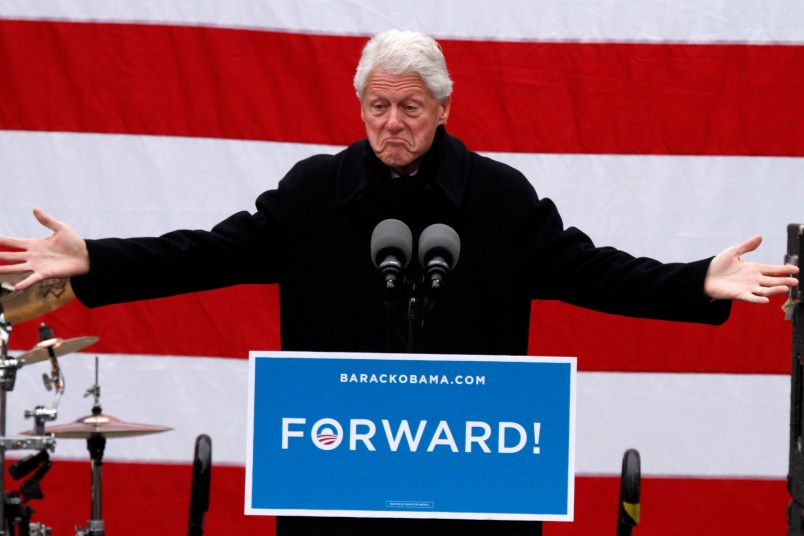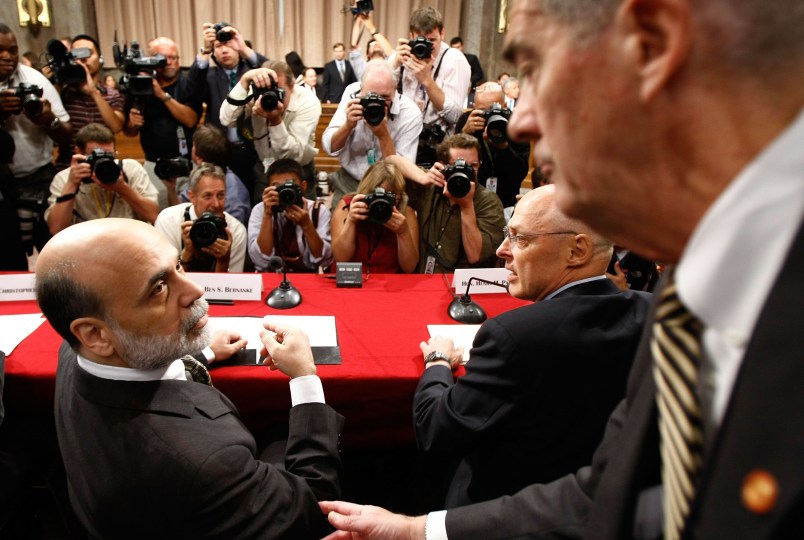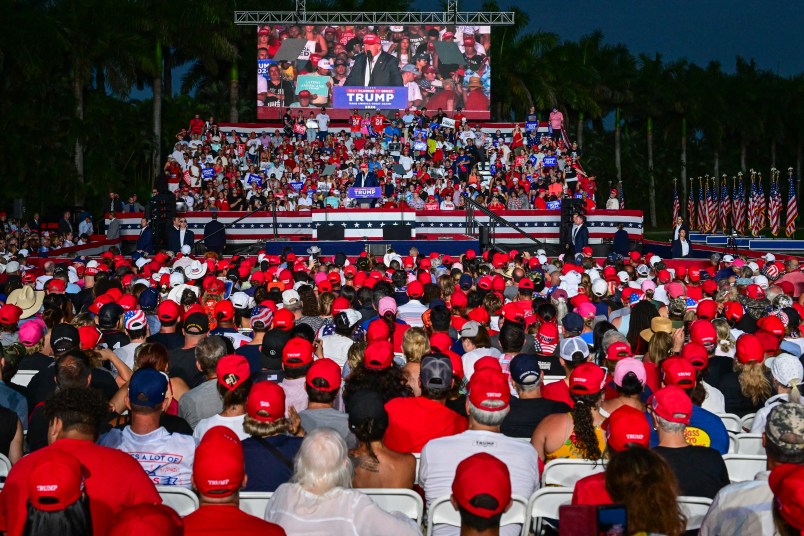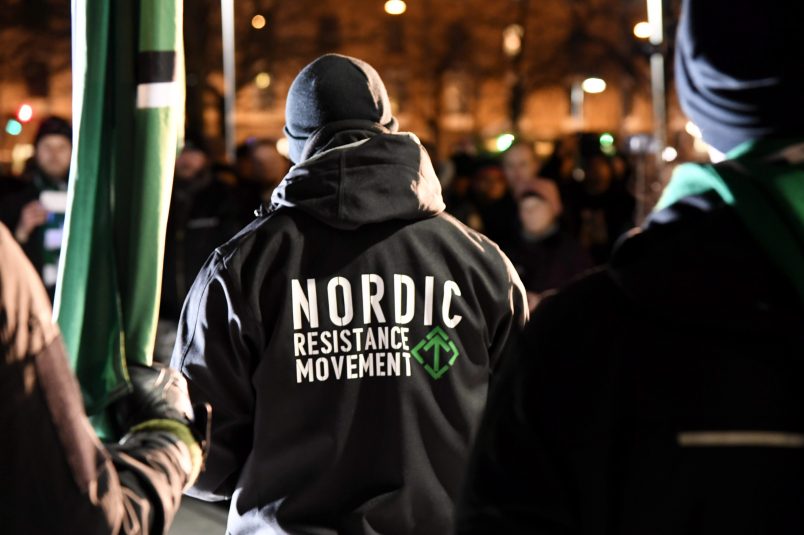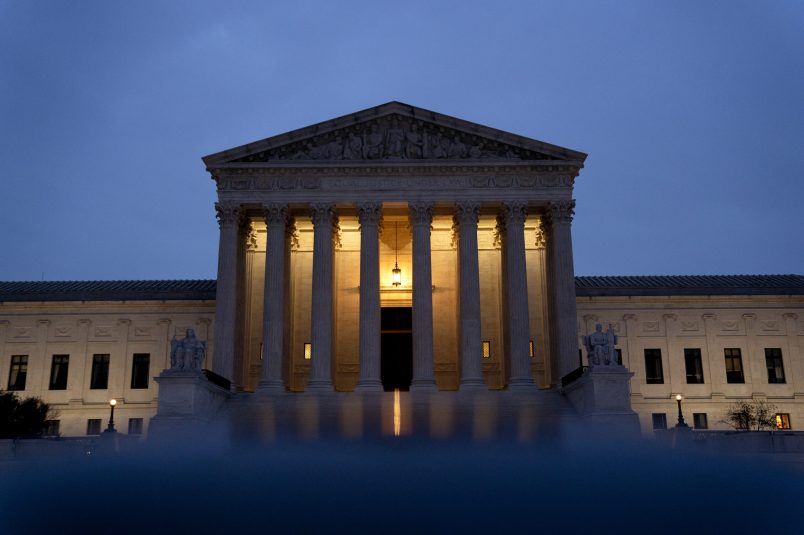We’re at that time of the election cycle when you start hearing a great deal about the relative “enthusiasm” of each major party’s “base,” with the assumption being this is the key to a robust turnout in November. Do this and don’t do that, we are told (especially by conservative Republicans, but increasingly as well by progressive Democrats), or you will dampen base enthusiasm and court disaster.
But there are a couple of problems with this assumption, namely (1) “enthusiasm” does not reward the base voter with additional trips to the ballot box, and (2) there are quite a few factors other than “enthusiasm” that affect turnout rates.
On this first point, the reality is that the voters most likely to vary in levels of “enthusiasm” are those most likely to vote — and most partisan in their leanings — in the first place. Short of a rare self-conscious revolt, the party is going to get their votes, even if the voters have mixed feelings about it. “Enthusiasm,” unless it’s infectious (more about that later), is quite frankly a wasted quality from a strictly electoral point of view. It may excite partisan journalists to sense their voters are snake-dancing to the polls (recall all those excited conservative columns in late October 2012 about the size of Romney rallies in places like Pennsylvania), but it doesn’t necessarily add to the length of the snake.
And on the second point, it’s well known there are many factors contributing to turnout rates that have little or nothing to do with “enthusiasm.” Many registered voters (not to mention eligible voters who aren’t registered) are “marginal” participants in elections year in and year out, regardless of what issues are being discussed in a political market-place they rarely visit. Presidential elections invariably produce higher turnout — up and down the ballot — than in midterm, off-year, special or primary elections. And certain elements of the electorate, especially young voters and some minority voters (e.g., Latinos), regularly vote at disproportionately lower rates in non-presidential elections, sometimes because they just aren’t as “rooted” as others (young people), and sometimes because voting is a bigger hassle (working-class minority voters). Because these midterm-averse voters are, as a whole, a larger part of the Democratic voter coalition than ever, the “mid-term falloff” problem is a genuine crisis for Democrats in 2014, as it was in 2010. It’s made worse, of course, when efforts are made to keep young people from voting on campuses or minority folk from casting early votes on evenings or weekends.
Now a lot of Democratic progressives claim that a party message more focused on the perceived interests or ideological leanings of marginal voters (i.e., a “populist” message) will produce much higher turnout. That’s based on the assumption that non-voting is mainly attributable to “voter discouragement,” rather than to longstanding demographic patterns of participation. It’s fair to wonder if those making this claim are projecting their own attitudes onto marginal voters, and/or simply prefer a different message (an entirely legitimate desire, but not one inherently relevant to turnout).
But in any event, there’s plenty of evidence that turnout can be more reliably affected by direct efforts to identify favorable concentrations of voters and simply get them to the polls, with or without a great deal of “messaging” or for that matter enthusiasm (no one takes your temperature before you cast a ballot). Such get-out-the-vote (GOTV) efforts are the meat-and-potatoes of American politics, even if they invariably get little attention from horse-race pundits. Neighborhood-intensive “knock-and-drag” GOTV campaigns used to be a Democratic speciality thanks to the superior concentration of Democratic (especially minority) voters, though geographical polarization has created more and more equally ripe Republican areas.
In recent years, however, technology has made it increasingly feasible to use voter-to-voter contacts to expand and intensify marginal-voter outreach (pioneered by the Bush re-election campaign in 2004, which used email chains and informal civic connections to conduct “under the radar” GOTV efforts, and then raised to another level via social media by the Obama re-election campaign of 2012). And that’s where “enthusiasm” really might play a role. Perhaps highly “energized” base voters don’t get a personal ballot bonus. But if they are motivated to contact those who otherwise might not vote at all, their “enthusiasm” can be usefully harvested.
If that’s accurate, then the most important news for Democrats going into November is that the Democratic Senate Campaign Committee is planning to spend $60 million on data-driven GOTV efforts specially focused on reducing the “midterm falloff” factor. The extraordinary success of Terry McAuliffe’s 2013 Virginia gubernatorial campaign in boosting African-American turnout for an off-year election will likely be a model.
Nothing stands still in politics, so perhaps Republicans will find fresh ways to make their own “base enthusiasm” infectious, even though the relatively-high-turnout proclivity of older white voters in midterms means there may be less room for improvement. And maybe the issue landscape will matter more to 2014 turnout than it usually has in the past. It might be wise, however, to put more stock in money and mechanics — albeit very sophisticated mechanics — than in claims that this or that campaign ad or messaging gimmick will change everything.
Ed Kilgore is the principal blogger for Washington Monthly’s Political Animal blog, Managing Editor of The Democratic Strategist, and a Senior Fellow at theProgressive Policy Institute. Earlier he worked for three governors and a U.S. Senator. He can be followed on Twitter at @ed_kilgore.





